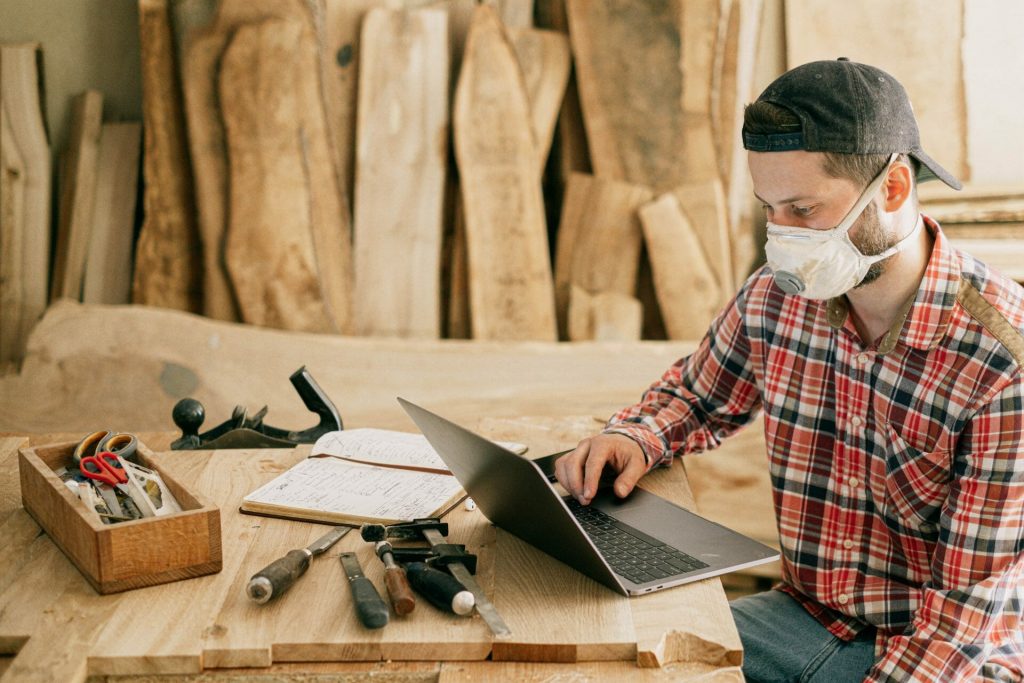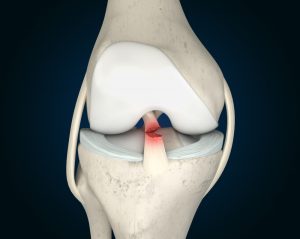What position should I be sitting in when I’m working from home?
“I can never seem to get comfortable when I’m working at the desk. I prefer to be active, upright and moving around.”
I’m sure that many of you can relate to this, particularly over the last two and a half years with more working from home. The flexible working setups with our desks are always changing from being in the office to being on the road, to working from home, and then staying away in hotels.
The setup is never the same, so your body can never adapt to a consistent position. This can lead to pressure on certain contact points. For example the lower back and the shoulders carrying the head will take the force through the arms and the neck.
Offer: Book a free consultation with West Chiropractic >
What is the best position to be sitting in?
Firstly sitting isn’t a good position for us to be in even if we do have the best position. If we look back thousands of years, there was very little sitting. There was more standing. Our ancestors had huge back muscles, big glute muscles with very strong and dominant forces through the spine that held us upright in extension.
Over the years, we’ve become more flexed and even now in the past 20 years, you see young kids with iPads and iPhones and gradually we’re getting more and more flexed over. This will cause problems long term with our posture, mechanics of our body and our health as well.
We do need to sit though. What’s the best position to be sitting in? Ensure that you have your hips tucked back on the seat. You want to make sure that the feet are flat on the floor and the knees are below the hips. You often see people lying on the sofas or recliner sofas, the legs go higher up and the force will drive into the hips, thus putting pressure on the lower back.
If you’re there for 10 minutes, it’s probably OK. If you’re there for 10 hours, it’s going to start causing more stress through the base of the spine. You need to make sure that you are getting the knees below the hips.
The second contact point is the lower back. You want to make sure that the hips are right back on the seat and the lower back is touching the backrest. Occasionally, there will be a lumbar support which is useful, depending on the shape of your spine.
If you have a flat back, the lumber support is essential. If you have a hyperlordotic back, where there’s too much curve, a lumbar support isn’t going to benefit you in the long run.
You want to make sure the hips are posteriorly tilted to reduce that lumbar curve and take pressure off the base of the spine. As you move farther up, you need to have a straight torso. So the shoulder blades need to be retracted and pulled back.
One way to do this is to bring the keyboard as close to you as possible and push the chair as close to the desk. This will keep the torso upright and bring your shoulder blades back. This is important to take stress off the middle part of your back and also the upper shoulders.
The next points are the elbows and the hands. You want to make sure that the desk is not too high. Thus the elbows go up. This will put pressure through the wrist and the back of the arm, so ensure that the chair is suitably high and the desk is at the right height.
You want to make sure the neck is retracted and the chin tucked in, not down. If you’re looking at it from a side view, you want to have a horizontal chin line towards the screen and pulling the neck back into position. So the ear is tucked over the centre of the shoulder.
The screen needs to be at eye level. I like to aim for two inches below the screen at the centre of my eyes, so that I can scan accordingly. You don’t need to go out and buy lots of new equipment. You can change your settings with your desk and chair setup, with box files to alter the height and help with the mechanics through the body.
Standing desks are a new thing over the past 10 years and are fantastic in my opinion. One that is interchangeable with the sitting desk would allow you to sit for 45 minutes, stand 15 minutes and as you get more and more comfortable with standing for long periods of time, the muscles get trained into holding your body up. You can then begin to stand for longer. So maybe 50 percent of the day and then 75 percent of the day standing, 25 percent sitting. This is going to do wonders for your spine and your overall mechanic health.
If you find that you’re fidgety at your desk and your position is always changing, this isn’t necessarily a bad thing because you don’t want static load going through the base of the spine. This will put pressure on your discs. If you think about jam donut being compressed over the day, if you can move and alter your position, ensuring that you’re still maintaining that good posture, that’s going to take a lot of stress off the disc from time to time.
Everybody knows that taking regular breaks is essential. So please make sure that you do get up and walk around. If I’m doing desk work for long periods of time, I always try and take all phone calls standing up and walking around. It just reminds me that I need to reset my body and my position.
If you would like us to analyse your desk position, get a family member or colleague to take a photo from the right hand side of your desk setup. Send it into us and we can give you a detailed report with all the ergonomic lines drawn on and some recommendations of the changes that you need to make. You send that to info@westchiropractic.co.uk.
Offer: Book a free consultation with West Chiropractic >


